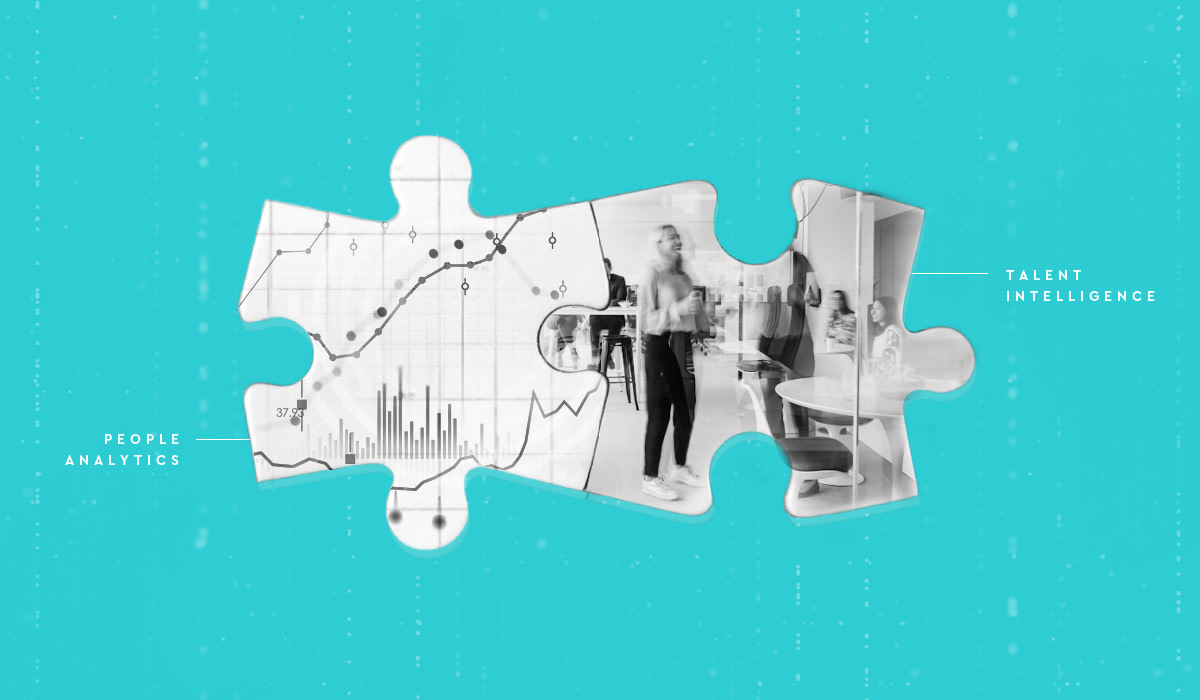People Analytics and Talent Intelligence: Achieving Full Lifecycle People Insight
Visier acquires Boostrs, entering the talent intelligence space, empowering users to understand hiring & skills with a people analytics lens.

This week, Visier announced it has acquired the assets of Boost.rs, a powerful skills ontology engine that we believe will be a gamechanger in the world of people analytics and talent intelligence. On this blog, my colleague Dave Weisbeck shared his perspectives on why this and why now—and specifically how this acquisition becomes an important linkage between people analytics and the emerging category of talent intelligence.
By the admittedly unscientific measure of my conversations at HR Tech and Unleash World this year and subsequent write ups and round ups about these events, the talent intelligence category is at once gaining traction, capturing interest, while also confusing people mightily.
The question I hear most often: What is the difference between talent intelligence and people analytics?
Dave does a good job describing the differences:
Talent Intelligence seeks to answer the question of how advanced technology can help you navigate a world where there are more jobs than talent.
People Analytics, by contrast, focuses on the entire employee lifecycle and connects decisions we make on people (talent, labor, contingent, contract, part-time employees) to business outcomes.
Both are crucial problems to solve in their own rights, but the transformative potential occurs when you combine these capabilities to shine light on the entire labor supply chain. Imagine if you could trace a thread between the skills in your organization and the people-driven business outcomes unlocked by these skills? That’s where talent intelligence and people analytics meet—and why this acquisition is so exciting.
Think of the intersection of the two this way:
The skills you need
Inform
The people you hire
Who are measured on
How they perform in their jobs
And also
How they work together as teams
Which impacts
The results they drive for the business
And informs
Where learning and development should be applied to close skills gaps
Which impacts
How people grow in their careers
And also
How loyal they are to your organization
I know that is a lot to process, but if you track the logic, you will see that people analytics and talent intelligence are closely related disciplines that are better together. Every step of this decision journey links to the next, which is why people organizations need full lifecycle insights.
Understanding how talent affects business outcomes
It’s not enough to just hire, retain, and develop the right skills and talent; you also need to understand the actual impact of that talent on the business.
Do people with a certain skill set thrive and become high performers?
Are your L&D programs actually being used to develop the skills you need?
Are those L&D programs effective in developing those skills?
Are you making compensation decisions based on the most in-demand and/or scarce skills?
Much in the same way that the modern marketing organization has sought to understand the entire customer journey and create the linkages between the stages along the way, so too must people organizations in understanding the employee journey.
Because when you look at the full employee journey and connect it back to the outcomes the business needs to achieve, you achieve the sort of clarity that’s necessary to run the people side of your business, frankly, like a business.
Translating skills into profitable growth
Talent intelligence is most often understood as an evolution of the recruiting process; specifically, a top of the funnel solution for identifying talent in the market and inside your organization from the perspectives of the skills you need.
This is an urgent and necessary challenge for most every organization today given the structural shifts in labor markets (there are nearly two jobs open for every available candidate) and the related pressure of looking at hiring and retention, not from the perspective of jobs and candidates (which are in scarce supply), but the skills you need inside your organization in order to succeed.
But the real challenge is not just finding the skills you need, but putting these skills to use in driving profitable growth for your business. That’s where people analytics and talent intelligence combine to create the sort of people intelligence every company needs to survive and thrive.
What’s the return on your people investment?
I recently posed the following question to a CFO: With 60-80% of operating costs attributable to people expenses, how well do you understand your return on these people investments?
He looked at me quizzically as people often do when they’re asked a really obvious question they’ve never really thought about.
What if you could solve that problem? What would that mean for the business?
Magic, he said. That would be magic.
Like marketing during the dawn of their own digital revolution, some people organizations are pressing forward into a new era of possibility and expectation while others are still struggling to see how it all applies to them. The difference is the imagination to think about a longstanding problem with fresh eyes, and the courage to step into a world that’s perhaps a bit new to you.
Because one person’s magic is another person’s ordinary. The difference is a matter of perspective.
Get Outsmart content straight to your inbox
Subscribe to the People Insights Monthly newsletter for actionable insights and stories.
Subscribe now